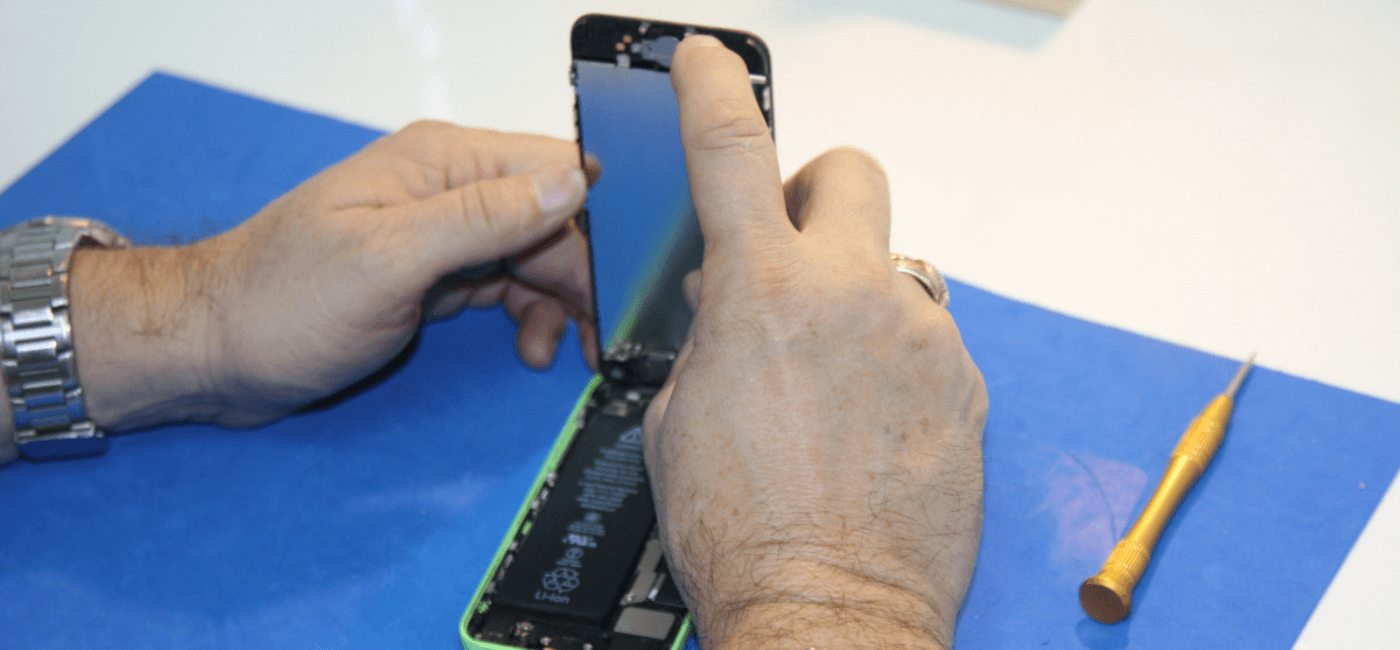GHB shows great promise in the treatment of alcoholism. In Europe, one of its primary uses is to relieve withdrawal symptoms, cravings, and anxiety among alcoholics.
In laboratory rats addicted to alcohol, withdrawal symptoms closely resemble those exhibited by humans, including tremors, convulsions, and hypersensitivity to sound. All of these symptoms were blocked by sufficiently high doses of GHB [Fadda, 1989]. Administration of GHB has also been found to prevent alcohol consumption among rats that voluntarily ingest alcohol [Fadda, 1989; Gallimberti, 1989].
In a rigorous, double-blind, placebo-controlled study conducted of human alcoholics, “nearly all withdrawal symptoms disappeared within two to seven hours” after administration of GHB. On a severe-moderate-mild-or-none scale, withdrawal symptoms remained below moderate during the entire period. The only side effect observed was slight, occasional, and transient dizziness. The researchers concluded, “the results clearly indicated that GHB is effective for the suppression of withdrawal symptoms in alcoholics” [Gallimberti, 1989].
